In a bleak fictional future in which Earth has been nearly destroyed, the trading card game Parallel has laid out the battlefield for five factions and their players to settle their differences over who will dominate the spaceways and resettle a newly rejuvenated homeworld.
Built on a rich foundation of sci-fi lore, Parallel is one of the biggest web3 games on the market and marching toward mass-market appeal and innovative technologies that enhance the blockchain-based game experience.
Building decks for space battles
Parallel works like many other trading card games (TCGs), challenging players to collect cards and build competitive decks to take on their fellow players, similar to established TCGs like Hearthstone or Magic: The Gathering.
The overall card collection contains five different factions, including the militant Marcolians based on Mars or the mutated Earthen who never made it to space before Earth’s cataclysmic destruction. Each represents different approaches to the gameplay and specific roles in the game lore, plus universal cards that can be used by any of the factions for support functions. For example, the Augencore can rapidly upgrade cards to be more powerful during a match, while Shroud cards can twist opponents’ strategies by banishing their cards.
“The cards are really the backbone of Parallel because the flagship product of the whole Parallel ecosystem is the trading card game,” said Parallel’s head of partnerships Franklin Fitch in a recent interview with OpenSea. “Everything we’re building centers around amplifying that core product.”
Thus far, Parallel has dropped two collections of cards, Alpha and Planetfall, with the former being the most traded of Parallel’s non-fungible tokens (NFTs) to date. The Planetfall expansion set launched in October 2023 and features 120 new cards, dozens of cosmetics, and a few more kinds of game items, exploring a new narrative phase for the game in which the factions begin the battle for control of revitalized planet Earth.

Beyond cards, players can collect more classes of items to customize their Parallel experiences. Players can pick up cosmetics to apply new skins to their Paragons, which are faction heroes they can choose to play with, and enhance their game performance accordingly with passive and active abilities, such as card attack bonuses or extra player health. Some cosmetics are backed by NFTs, some not, as the team wanted a blended approach to scarcity where some cosmetics could be earned by anyone and others could serve as tradable status symbols.
Players can add variants of cards to their collections, which could feature unique artwork or autographs from the artists.
Players can also collect Companions to adorn their corner of the game board.
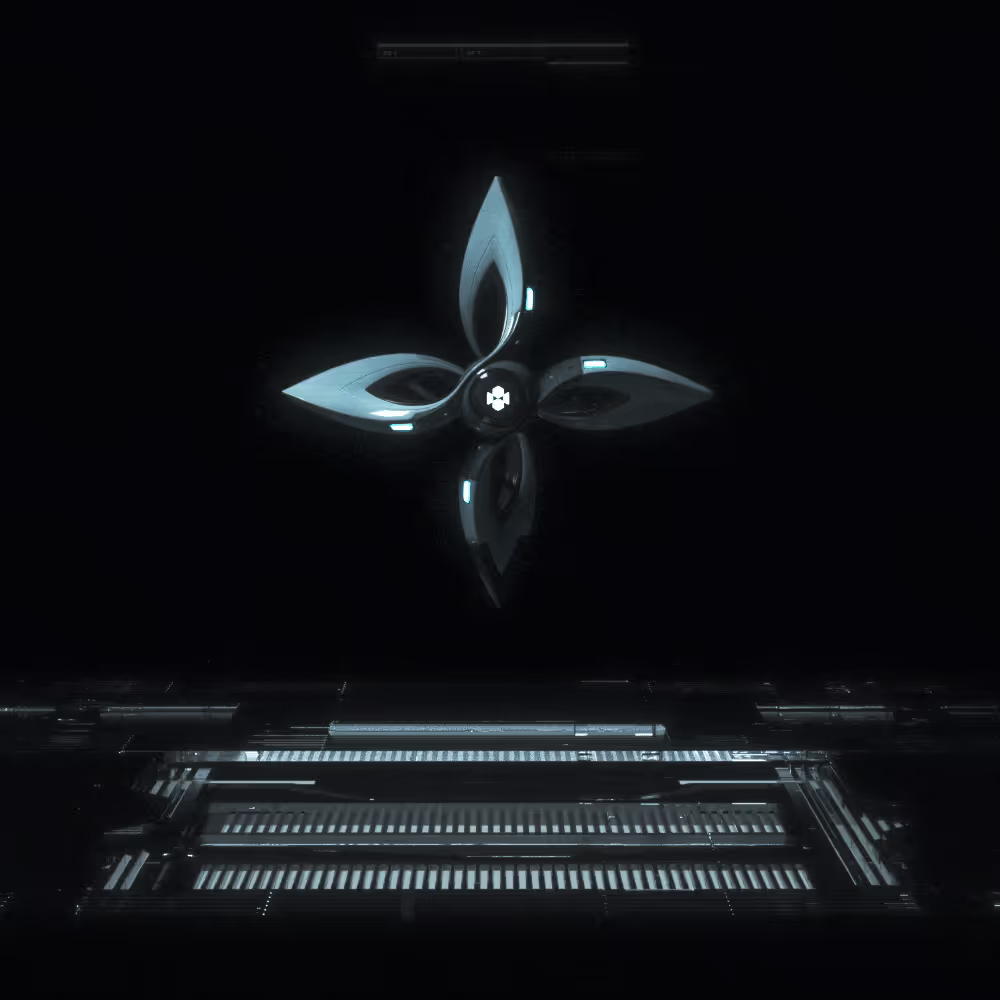
“Think of [the Companions] as collectible fidget spinners, a new piece of the board to interact with,” said Fitch.
Expanding Parallel’s in-game lore to physical comic books and ‘smart’ avatars
For players and avid fans of Parallel’s narrative, the team is collaborating with publisher Raid Comics to produce comic books that add deeper storytelling to the game lore and further develop the world-building. The comics are collectible as NFTs and are jointly developed by many different parts of the Parallel team, in partnership with editors and producers from Raid, meaning anyone can collect their favorite issues and trade their way to a full collection.

Another collectible layer on top of the TCG came out with the launch of Avatars, a collection of 11,000 profile picture-style characters (PFPs) representing the five factions and leveraging ERC-6551 technology and artificial intelligence (AI). With ERC-6551 incorporated in their design, the Avatars can serve as “backpack wallets,” containing NFTs of their own, which could serve for cosmetic or functional purposes in the game. The team is still exploring how to best explore the technology in the future.
According to Fitch, the Avatars are part of a forthcoming system called Colony, which will be teased by Parallel cofounder Kalos in the near future, and can also be used as PFPs in the game, potentially enhancing their rewards for winning.
“No one’s ever seen anything like Colony before,” said Fitch. “This is on the level of The Sims or Black & White. The Avatars will be semi-autonomous, which should be a lot of fun for their owners.”
$PRIME
The final piece of the ecosystem is the $PRIME token, which players can use to buy game items on OpenSea and Parallel’s shop. Players can earn $PRIME when they notch wins with NFT-backed cards in their decks, on an exponential curve based on how many NFT-backed cards they have. Owning and using more NFT-backed cards is often described as rewarding, says Fitch, because players can not only reap more rewards but also trade their way to the collections they want to build.
Players who aspire to this kind of user-owned gameplay will find a number of ways to optimize their rewards: For starters, you can pick up more $PRIME if you win while holding an Avatar from your corresponding faction. For instance, Players can also use $PRIME to upgrade their cards’ cosmetics, such as adding artist autographs
How creators are supporting Parallel’s ecosystem growth
Even though Parallel is a web3 game, it’s finding success using established playbooks for games, giving players a familiar and enjoyable experience. For starters, anyone can jump into Parallel on a free-to-play basis and can smoothly on-ramp to collecting NFT-backed items in the game. If players don’t want to use NFTs, they’re free to ignore them and play through a very recognizable game experience.
“We did not want to force any players into options they didn’t want,” said Fitch. “We want players to enjoy the experiences they want to have and we’ll make it easy for them to switch up or down with NFT or non-NFT cards.”
According to Fitch, the team is making headway with conventional digital advertising and creator partnerships, bringing in well-known professional TCG players, even featuring a video walkthrough of the game with streamer Alliestrasza.
“We invited professional TCG players to try the game out and give their feedback,” said Fitch. “So far, they’ve loved playing Parallel and most bought NFT-backed cards totally organically. They really like what NFTs can offer the TCG genre, so it was a much more authentic moment seeing them convert on their own.”
One successful tactic for inviting gaming creators has been to challenge streamers to play in prized tournaments on Parallel, which they in turn stream on their channels to subscribers. Fitch reports the team plans to “refine the model and keep running tournaments for the foreseeable future.”
On top of its marketing strategies, the Parallel team is also focused on expanding the game to as many formats as possible to maximize its reach to the game's addressable market. The technical teams are heavily focused on localization for the game, enabling it to reach players in non-English-speaking geographies, and optimizing for system requirements, so more devices can run the game. The team is also exploring cloud streaming, which would minimize and potentially eliminate the upfront download required for players to experience the game.
“We’re also investigating a possible mobile app, sizing up the work needed and the costs of maintaining that,” said Fitch. “We’ve seen that mode be really successful for other web3 games and don’t want to leave any opportunity for expanding our reach on the table.”
To that end, the Parallel team doesn’t want to slow down players from jumping into the game and experiencing the storytelling, card collecting, and gameplay. Players can fully enjoy the game without ever needing a cryptocurrency wallet, an intentional design choice by the product team.
“Ideally in the future, you’ll never need an external wallet for a fully functional Parallel experience,” said Fitch. “I know we’re looking at some wallet-as-a-service solutions and might launch background wallet creation so players don’t have any obstacles when they’re ready to buy NFT-backed cards and other items.”
The future of Parallel
The Parallel community is always buzzing, says Fitch. The team’s strategy has always been to shape the community where it’s flowing. Thanks to the faction system built into the game, it’s easy for the team to play into the rivalries and build engagement contests around the faction lines. They’ve also dropped pins and other physical merch centered on the factions and the Parallel brand to further ingrain the game into the community’s lives.

The big beats coming up for Parallel include launching in open beta and the unveiling of the Colony project, which are expected in March 2024.
“I don’t know what I’m more excited about between launching open beta and announcing Colony,” said Fitch. “Open beta means we can put the game in as many hands as we want, while Colony’s about to literally change the game experience for our players, so to speak. 2024 is going to be a huge year for everyone involved with Parallel, the studio and especially the players.”
Interested collectors and gamers can subscribe for Colony updates on the new teaser page here.
Parallel made its move into open beta on Thursday, February 29th, which allows anyone to join in and play the game. For more information, visit Parallel’s blog.




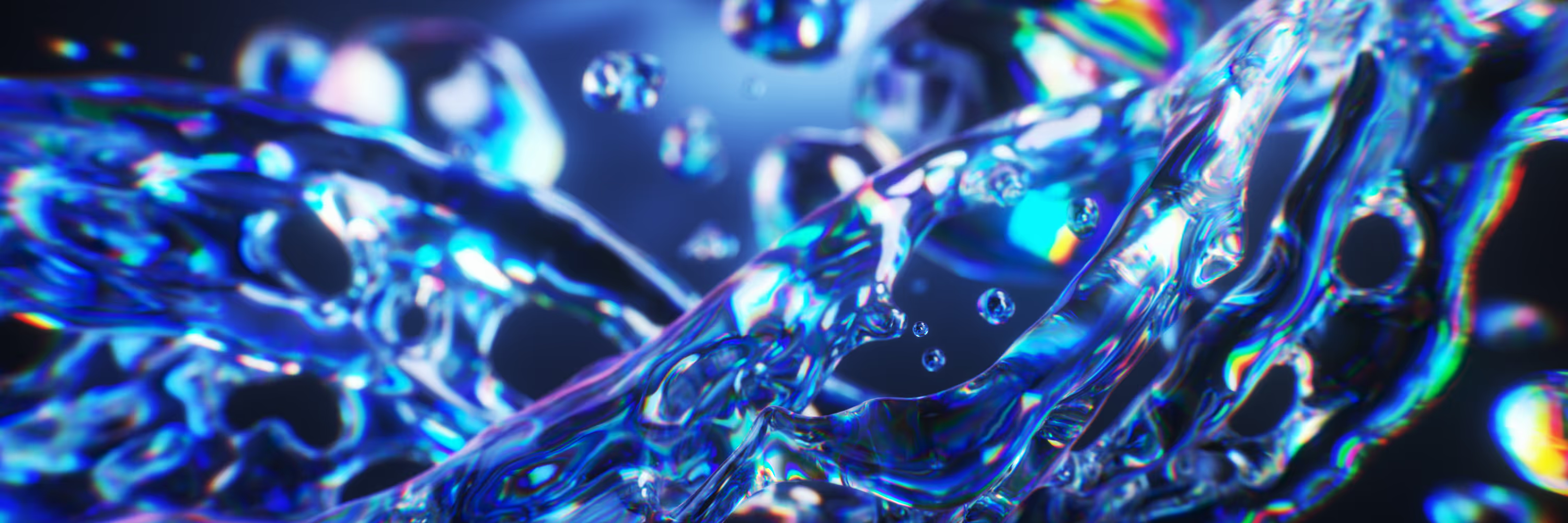
.avif)
.png)
.png)
.png)
.png)
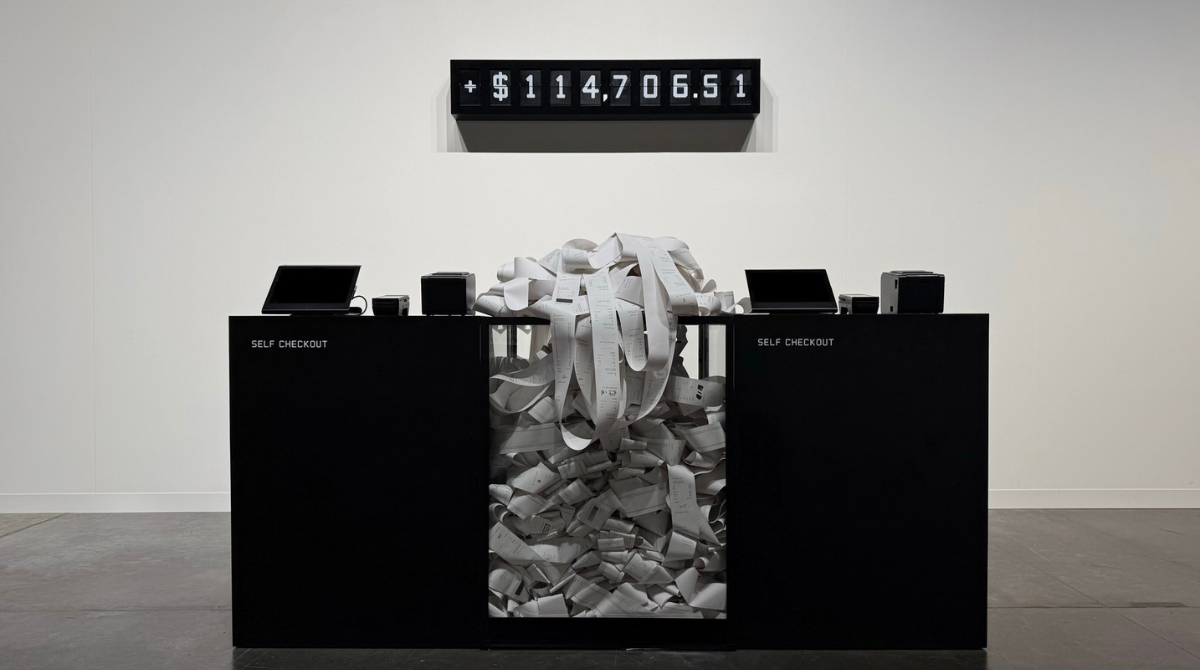
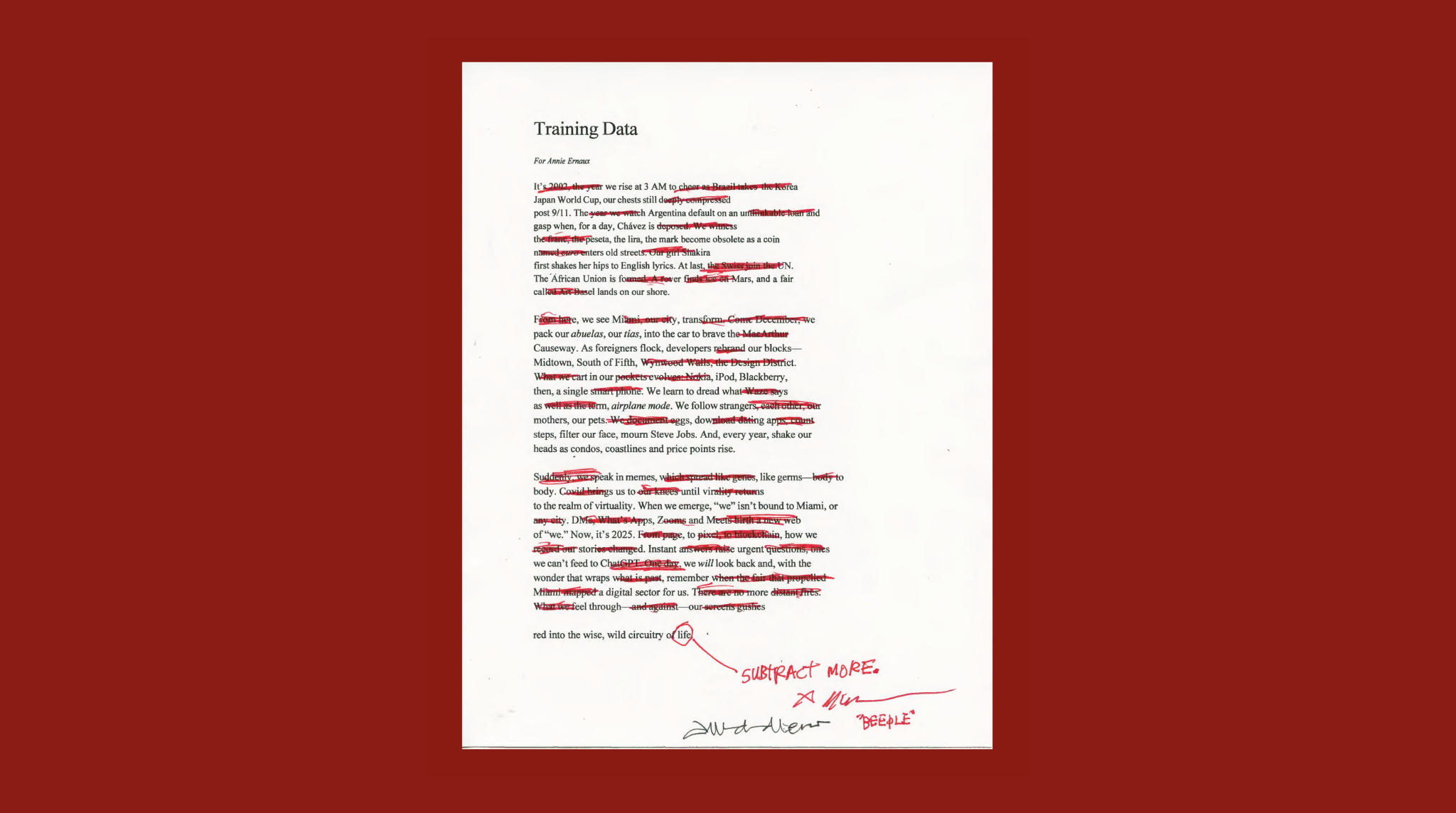
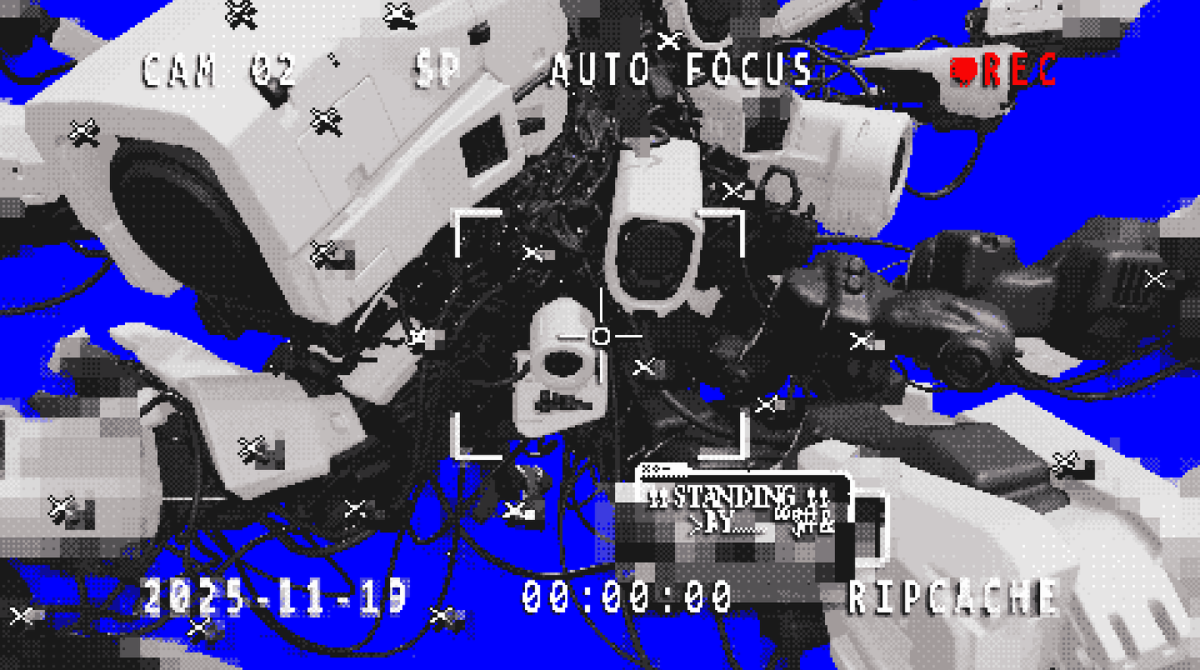
.png)